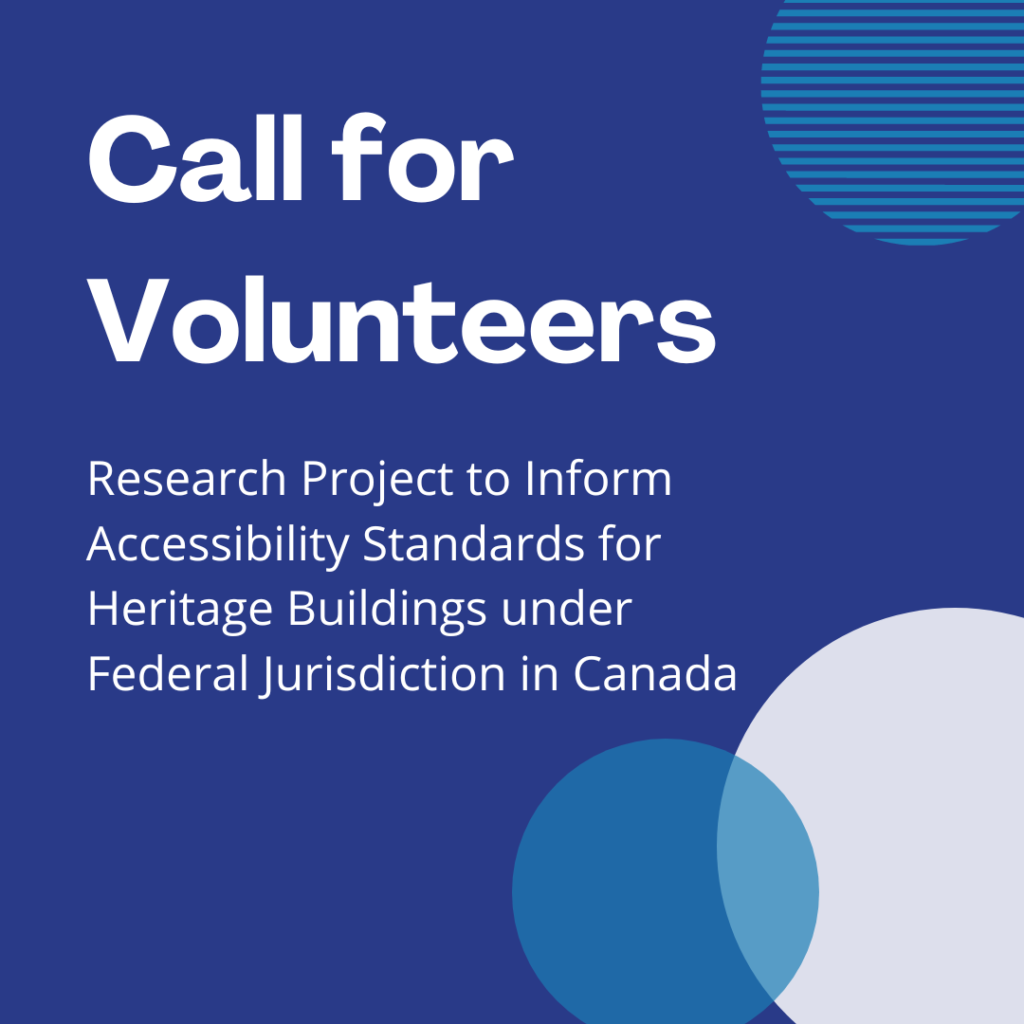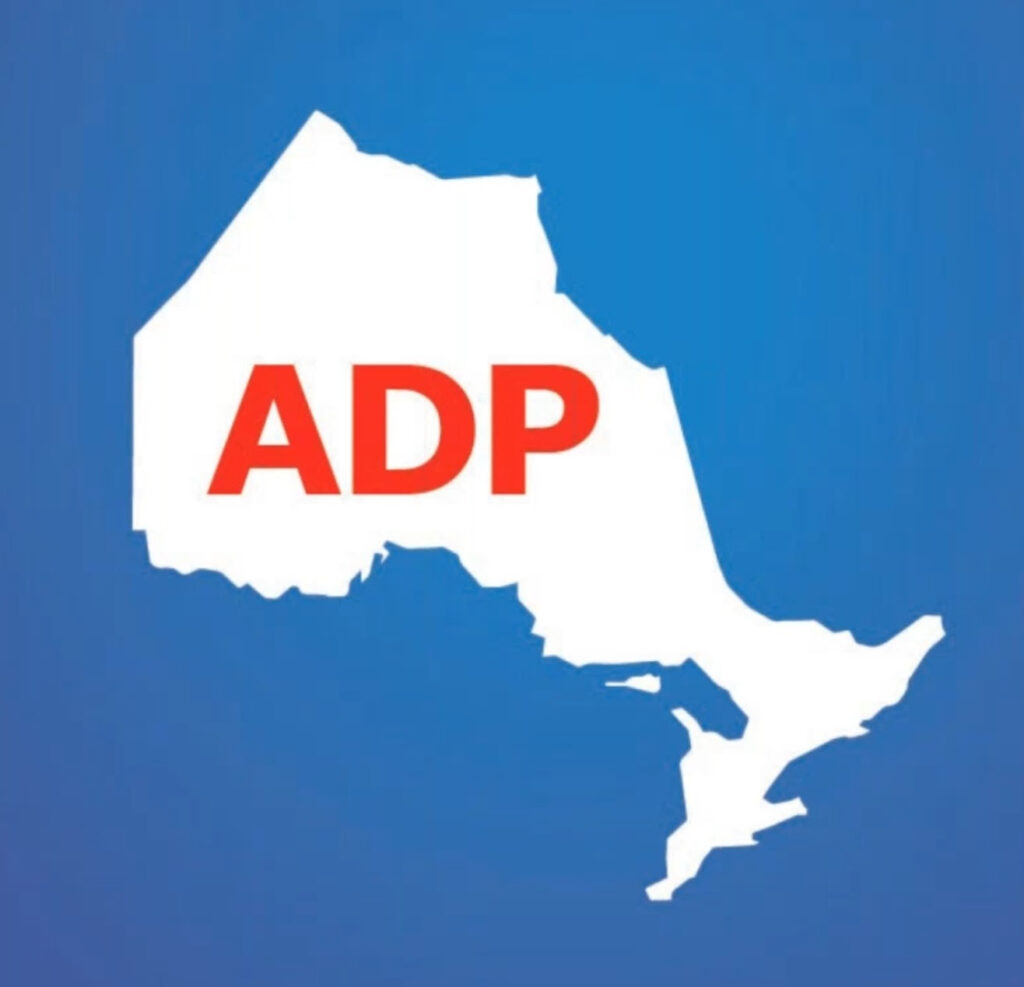Revised: July 28 2022
Issue
The Consumer Access Group (CAG) believes that all Canadians have the right to vote independently and privately, and this right is enshrined in human rights legislation. Canada’s current electoral process poses significant barriers to voters who are blind, deafblind or partially sighted due to a lack of:
- accessible and private options for independent voting; and
- awareness among elections officials about how to accommodate voters who are blind, deafblind or partially sighted.
Background
According to Statistics Canada’s 2017 Canadian Survey on Disability, 1.5 million Canadians self-identify as having a “seeing disability”. Following the 2019 general election, CNIB surveyed Canadians who are blind or partially sighted about their voting experiences. According to the survey results, only 69 percent of Canadians with total sight loss felt that their vote was secret, compared to 94 percent of voters with mild sight loss. In addition, only 17.6 percent of voters with total sight loss reported being able to vote with independence and privacy, compared to 70 percent of voters with mild sight loss. This data indicates that, while some voters with mild sight loss can vote with independence and privacy within the current system, most voters with total sight loss are not able to vote with independence and privacy.
In Canada, elections are held at all levels of government, including federal, provincial and territorial, and municipal. Elections are also held for self governing First Nations across the country. Each level of government has an independent, non-partisan agency that is responsible for administering elections and providing support and accommodations to electors, including those with disabilities. At the federal level, elections are governed by the Canada Elections Act and are administered by Elections Canada. At the provincial and territorial level, elections are administered by independent provincial or territorial election commissions, such as Elections Ontario and Elections Alberta. At the municipal level, elections are administered by the municipal government.
Due to this wide variation in election administration, there are no standardized supports and accommodations for people with disabilities across all levels of government. As a result, Canadians who are blind, deafblind or partially sighted face significant barriers to independent and private voting, such as the exclusive use of a pencil to mark a paper ballot which requires a blind, deafblind or partially sighted voter to have someone with sight help them complete their ballot.
Low and high technology solutions can remove barriers to voting for people who are blind or partially sighted. While some Canadians have been permitted to use accessibility apps on their personal devices to vote, there are no official policies and procedures in place to ensure that all voters have access to this accommodation.
Recommendations
In order to ensure independence and privacy for voters who are blind, deafblind or partially sighted, election administrators must:
- Permit voters who are blind, deafblind or partially sighted to use their preferred magnifying device behind the voting screen, including magnifier applications on a smart phone.
- Permit voters who are blind, deafblind or partially sighted to use smart phone applications that will allow them to read independently or connect to a sighted operator to assist with the marking and confirmation of their choice.
- Provide electronic voting machines that allow voters with disabilities to vote independently. These can be enhanced with various accessibility features, such as audio output, color contrast, large screen display, or a sip and puff device.
- Offer telephone and online voting options. Telephone voting is being used successfully in other countries, such as Australia, as well as within Canada, most recently in the 2020 British Columbia provincial election.
- Ensure that ballots adhere to guidelines such as those outlined in Clear Print Guidelines, including use of large print, clear font, and high contrast between text and background.
- Ensure availability of braille and large print candidate lists and braille and tactile overlay templates for ballots.
- Ensure that voter information cards and other print mailings adhere to guidelines such as those outlined in Clear Print Guidelines, are available in alternate formats upon request and can be identified by touch.
- Provide comprehensive training to elections staff to ensure that voters who are blind, deafblind or partially sighted have the support to vote with independence and privacy.
- Ensure that voting locations adhere to guidelines such as those outlined in Clearing Our Path, including high-contrast, large-print signage and being accessible by public transit.
- Ensure that elections websites adhere to the latest version of the Web Content Accessibility Guidelines (as of June 2022 this is WCAG 2.0).
- Provide funded access for qualified ASL/LSQ interpreters and Intervenor services.
Review Date: June 2023
Endorsed by:
Alliance for Equality of Blind Canadians(AEBC)
Canadian Council of the Blind (CCB)
Canadian National Institute for the Blind (CNIB)
the Consumer Access group
The Consumer Access Group (CAG) is a coalition of blindness related not for profit organizations. Each partner contributes their expertise to developing position statements on blindness related concerns. These statements enable organizations and individuals to advocate with a common voice on blindness-related issues, increasing the capacity of each to more effectively promote social inclusion for Canadians who are blind, deafblind and partially sighted.





